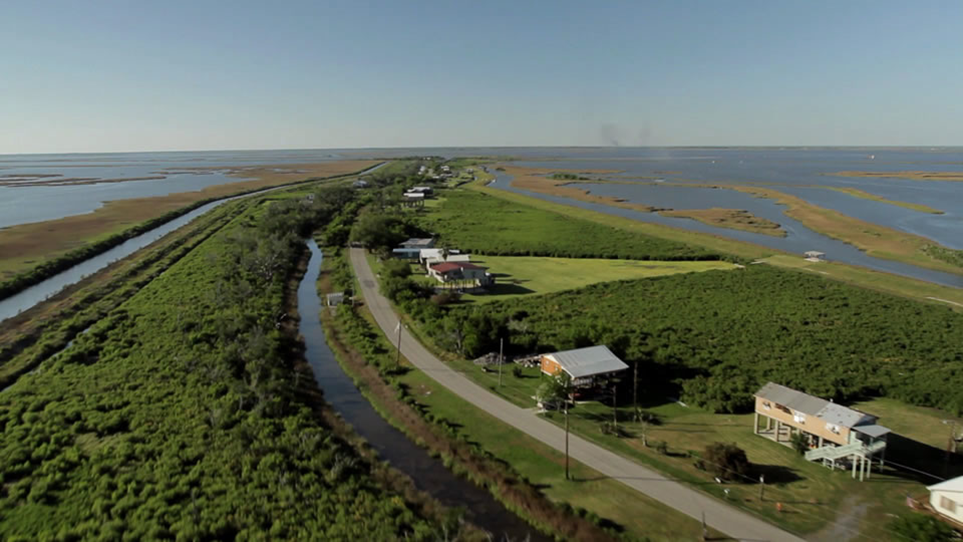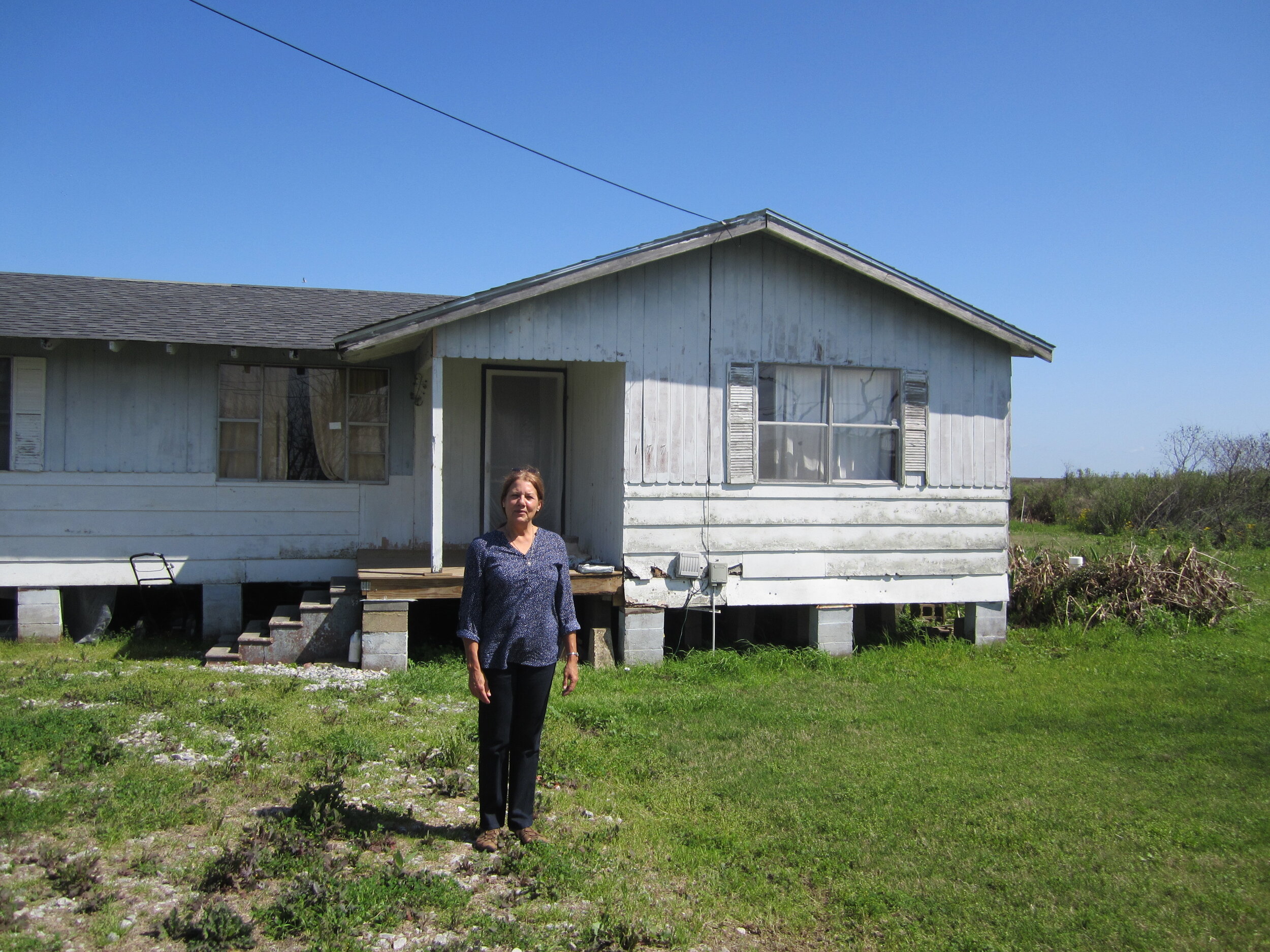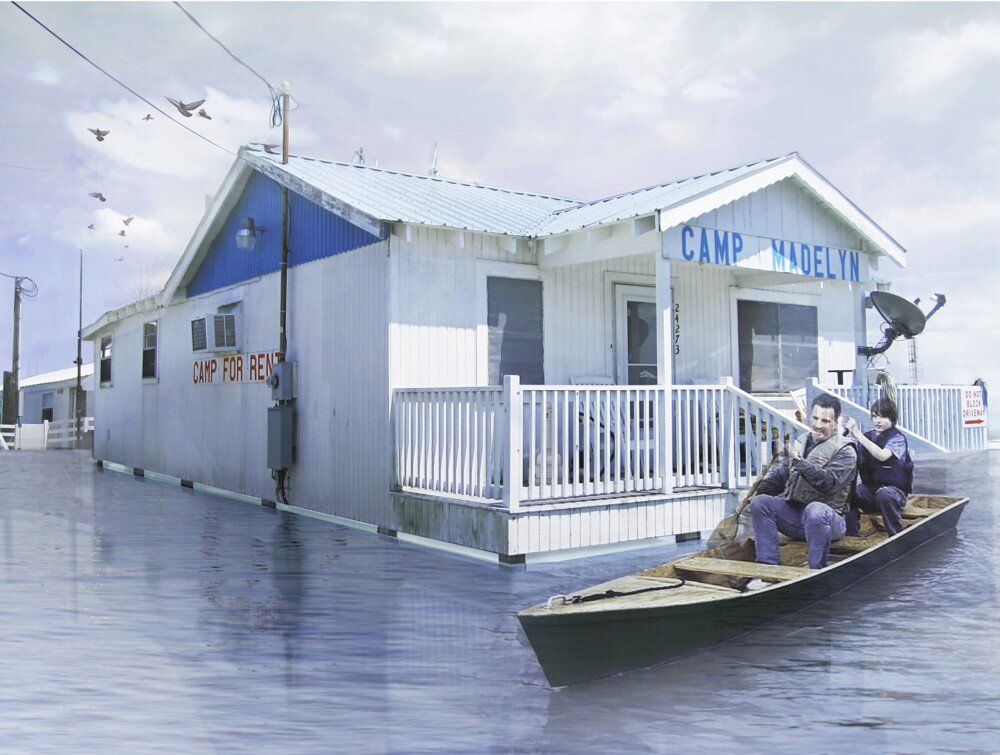Louisiana:
Isle de Jean Charles



Floating Hope: Preserving an Indigenous Community
The Native American Biloxi-Chitimacha-Choctaw Band of Isle de Jean Charles, Louisiana, is rapidly losing their low-lying traditional homeland as sea level rises and land subsides due to extensive sub-surface oil and gas extraction. Cultural ties to the land and a lack of resources to relocate as a community leave the remaining band members vulnerable to an ever-growing risk of flooding.
Amphibious retrofits of existing housing is a flood-proofing technology with a broad and flexible applicability worldwide. It is a cost-effective alternative to permanent static elevation. The system works in synchrony with natural cycles of flooding instead of resisting them. Our modest yet innovative retrofit construction strategy borrows from successful vernacular technologies and is highly transferable to a variety of contexts. The project works to preserve a safe, affordable, continued living space for the at-risk members of the Isle de Jean Charles community.
Nineteen of the band’s twenty-six residences remaining on the island are already elevated; our solution targets the remaining seven low-lying structures. We propose retrofitting these homes with amphibious foundations to allow them to float safely when flooding occurs. The island is inadequately protected by its ring levee and is positioned outside of an authorized new levee alignment. This combination of factors threatens to overwhelm the island, its houses, and its remaining inhabitants.
Putting it Together
In the last twelve years, the upheaval brought about by Hurricanes Lily, Katrina, Gustav and Isaac has caused mass relocation of Isle de Jean Charles band members, shattering the community’s social cohesion. The remaining core group wishes to remain there until arrangements are made for the community to regroup and resettle together on higher ground. Equipping the remaining low-to-the-ground homes with amphibious technology provides a suitable way for the community to continue to inhabit this flood-prone area and can help sustain a tight-knit community and its cultural practices and values. The retrofit of houses in a culturally appropriate fashion will bring a sense of normalcy to a community facing an uncertain future.


